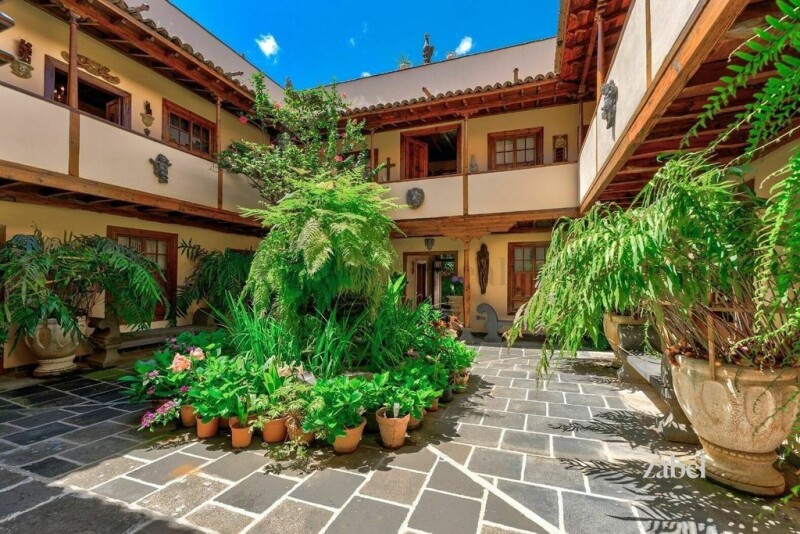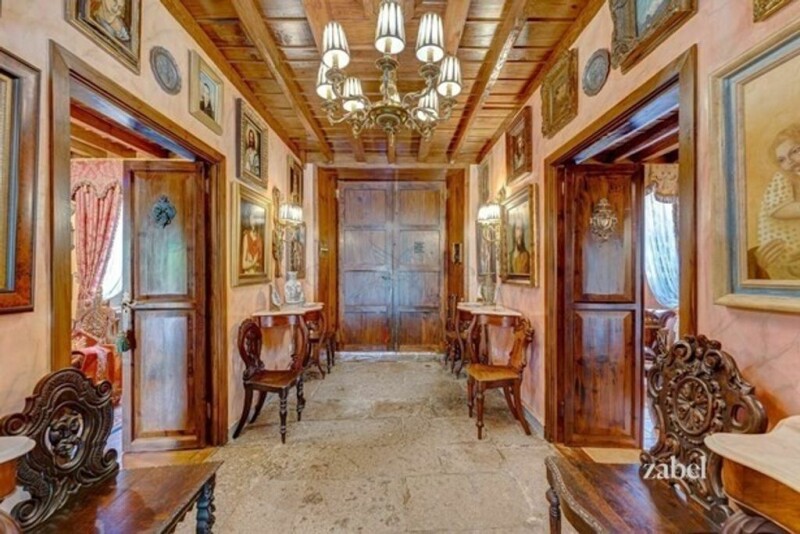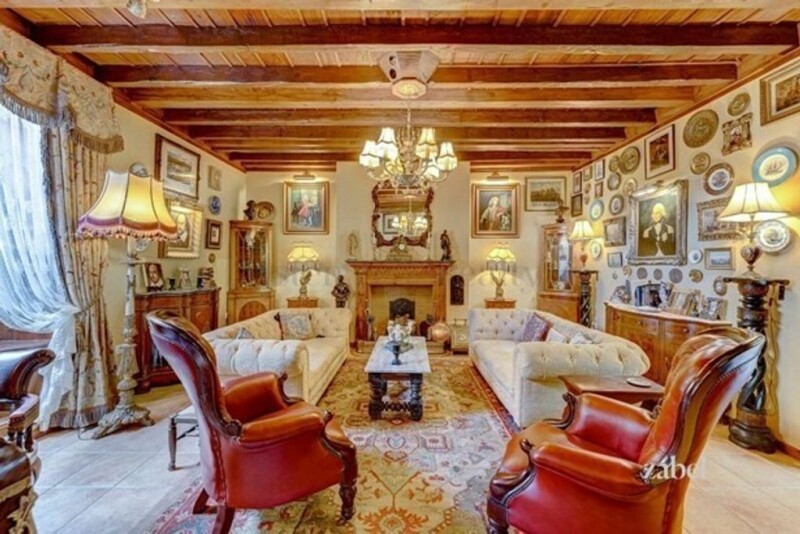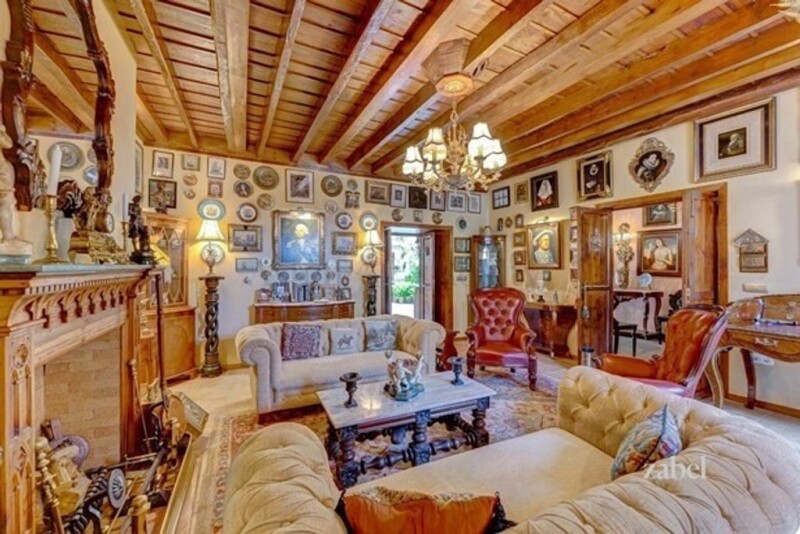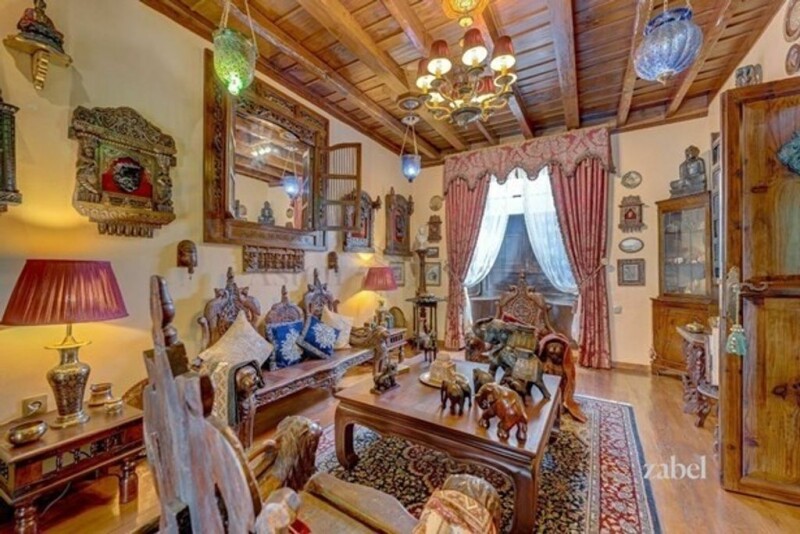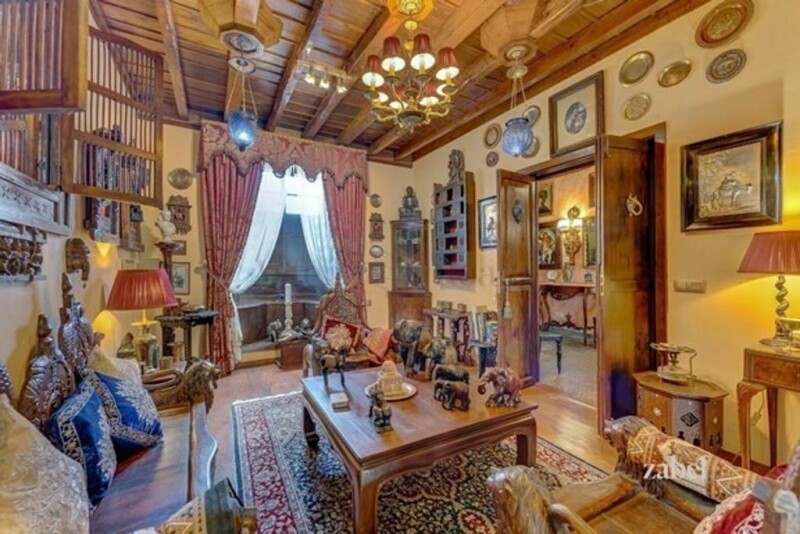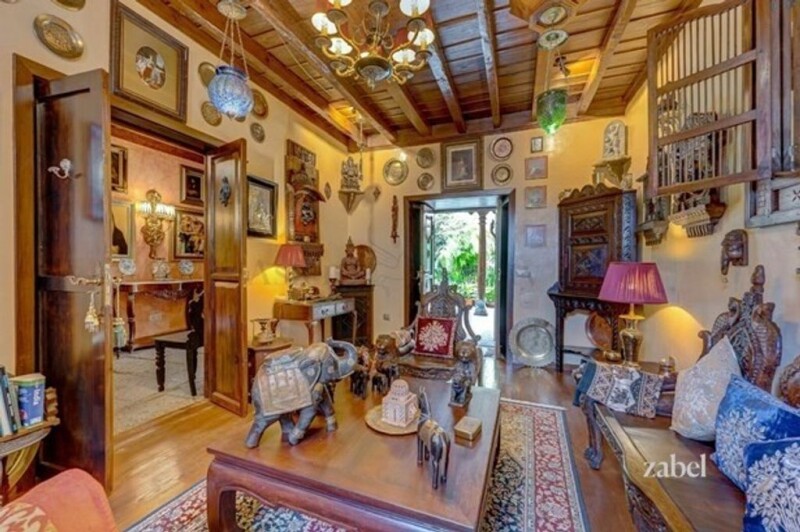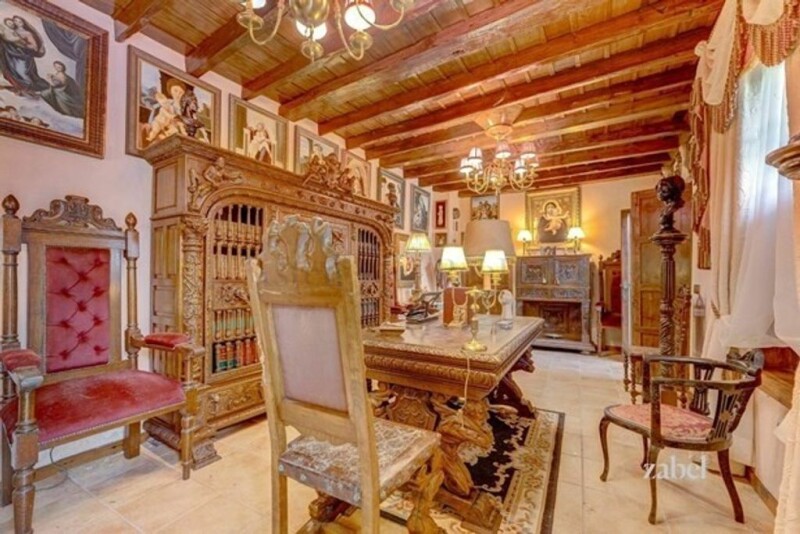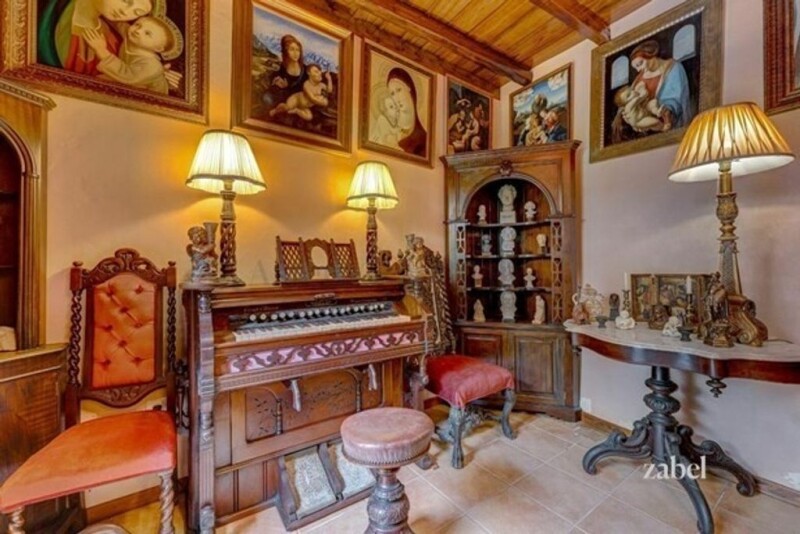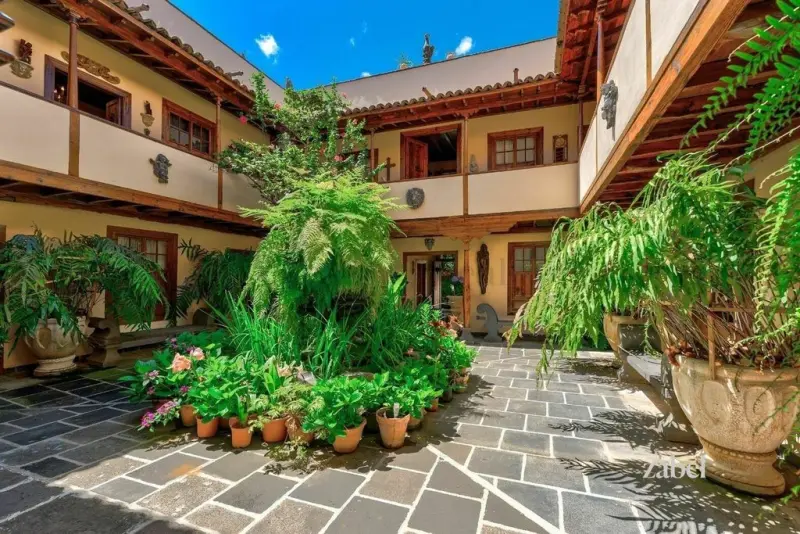Meillä ei ole suoraa tietoa käyttäjistämme, emmekä hallitse heidän toimintaa. Vältä rahan lähettämistä etukäteen ihmisille, joita et tiedä. Käytä aina varovaisuutta online-tapahtumissa ja tarkista tiedot ennen jatkamista.
6 bedroom Villa for sale in Icod de los Vinos, Spain
3,300,000€
A unique 17th-century mansion built in 1670 for the island's military governor. When the nearby port of Garachico was flooded by lava during an eruption of the Teide volcano in 1706, the island's port was relocated to Santa Cruz. The governor also moved to Santa Cruz, and the house lost its original purpose. The use of the house in subsequent years is only vaguely known. However, there is a copy of a charter of the house dating from 1923, and it is known that at that time there was a small shop at the front of the house, where Nelson's study now stands, selling household goods. When the current owners acquired the house in 2004, it had already been empty for 15 years. They have spent the last 18 years restoring the house, making the most of the original stones and teawood, a heavy, resinous pine native to Tenerife and La Palma and resistant to termites, as much as possible. Originally, the ground floor was used primarily for horse stabling, and most of the surrounding houses were used by the governor's staff at the time. The ground floor, next to the main entrance, now houses the India Room, with furniture and artifacts brought from India by the current owners, and the study, with paintings and memorabilia of Admiral Nelson, who attacked Tenerife and lost not only the battle but also his arm. Other paintings in this room depict Shakespeare, Henry VIII of England and his six wives, including his first wife, Catherine of Aragon, and the Tsar and Tsarina of Russia. There is also a beautiful working fireplace. Through the entrance hall, you enter the central courtyard, which now houses a fishpond with a central fountain and is surrounded by ferns and stone seating. Next to the doors to the Indian Room and the study, you have access to the elevator, which takes you to the two floors above, and to the gallery, which houses 18 paintings of the Virgin Mary, painted by various artists, but all conveying a fascinating, sublime impression of peace and serenity. There is also an exquisitely carved cabinet, desk, and chair, believed to have belonged to an elite peninsula lawyer, as well as three Masonic chairs belonging to the current owners of Masonic temples in central London. At the end of the courtyard are two bedrooms with en-suite bathrooms and shower rooms. To the right is the entrance to a small shaded courtyard, overlooked by the window of the adjoining shower room, and a side room used as a sewing room. Next to the main staircase is the entrance to the unfinished area, which contains an office with three further rooms and another large entrance door to the street, as well as an entrance to the upper level of the garden. The courtyard door leads to the house's cloakroom, which has a fountain in front of it. A staircase leads down to the garden and over the water tank used to store the two private freshwater springs for the house and laundry, with a casual cooking area and a stone table and benches overlooking the garden. A stone staircase leads to the first floor, where the dining table is located for informal cooking. There is another collection of blue and white china, similar to and complementing that in the main kitchen. From the patio, the main teak staircase leads to the grand landing, which leads to the three main rooms: the Drawing Room, the Sitting Room, and the Dining Room, all of which are interconnected. All three rooms are furnished with antique furniture, an abundance of paintings, wall consoles, and chandeliers. An enclosed teak balcony overlooking the garden presides over the dining room, which seats 12 people. The curtains in these rooms and throughout the house were made by the Davila family, who have worked with the finest designers to create curtains for Buckingham Palace and many aristocratic homes in England. The kitchen leads off the dining room and also has a door to the living room and the main hallway. Two antique carved sideboards and a carved cupboard with a kitchen table and six antique chairs, as well as functional storage, dominate the room, with marble countertops where appropriate and a large collection of blue and white porcelain on the walls. All appliances are electric to accommodate climate change: two Zanussi ovens, a Samsung refrigerator/freezer, two Lazer 3-ring induction hobs, an electric salamander, a Bosch microwave, and a Siemens steam oven. From the main landing, which houses five marble side tables with Chinese pots and a fascinating collection of religious statues from around the world on the walls, two doors lead to a triangular passageway over the central courtyard with three bedrooms, two with magnificent four-poster beds and one with a corona, all with en-suite bathrooms and showers. The passageway leads to the fourth bedroom with an adjoining room used as a dressing room but could also serve as a shower room and wardrobe. From the main hallway, a staircase and elevator lead to the library and the roof terrace above on the second floor. The library runs the length of the house and contains an extensive collection of books, mainly in English, but also in Spanish and French, on many subjects from history to cooking and gardening, to novels, dictionaries and encyclopedias, as well as art on the walls where there is space! Two doors lead to the roof terrace, which offers magnificent views of the Drago tree and the park, as well as the Teide volcano on one side and the banana fields and sea on the other. The terrace is decorated with statues of griffins and dragons and planters. The garden of the house is laid out at three levels. There is another entrance facing the street, and the side door could have been the entrance to number 9, as the house currently has two numbers, 7 and 9; number 9 no longer exists. In the garden next to the house are a storage room and a pump room for the house's water system. The land is urban and can be developed subject to planning permission. An expired planning permission for a double garage was recently granted to the current owners but not built. However, there are many ideas, depending on the use of the main house. If the house is to be retained as a residence, this could well be a garage with staff quarters above. The neighborhood is very quiet. The street is a cul-de-sac, at the end of which is the Chapel of Las Angustias, containing the famous statue of Maria de Angustias, which was loaned to the Museum in Madrid last year and has just been returned.
Additional Property Information:
• Rooms: 7
• Bedrooms: 6
• External size: 1,400 m²
• Size: 900 m²
• Balcony count: 1
• Exterior Amenities: Garden
• Garden: Common
• Interior Amenities: Fireplace
• Reference: NTVPRB

